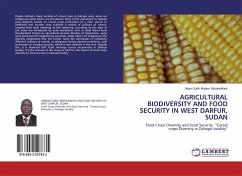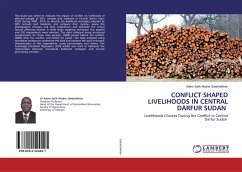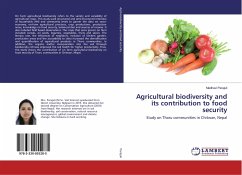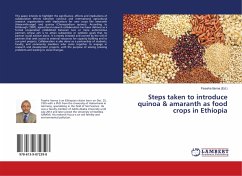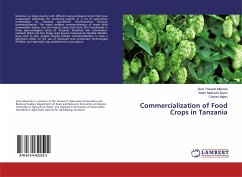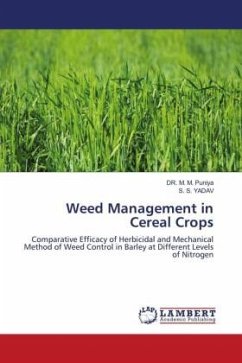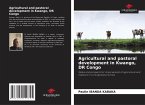People cultivate many varieties of cereal crops in Zalingei area; some are indigenous while others are introduced. Most of the population in Zalingei area depends heavily on cereal crops production as a main source of livelihood and income, they cultivate a variety of cultivars of cereals, ranging from early maturing to late maturing, according to the type of soil, some are introduced by some institutions such as Jebel Marra Rural Development Project or agricultural services; Ministry of Agriculture, some were entered from neighboring countries, while others are indigenous This diversity emphasizes that the farmer takes the advantage of cultivating different cultivars of cereals, as safeguard during adverse conditions, such as drought or invasion by pests, which is very common in the area. Despite this, it is observed that food shortage occurs occasionally in Zalingei locality. It is the interest of this study to look for the impact of food crops diversity on food security in Zalingei locality.

